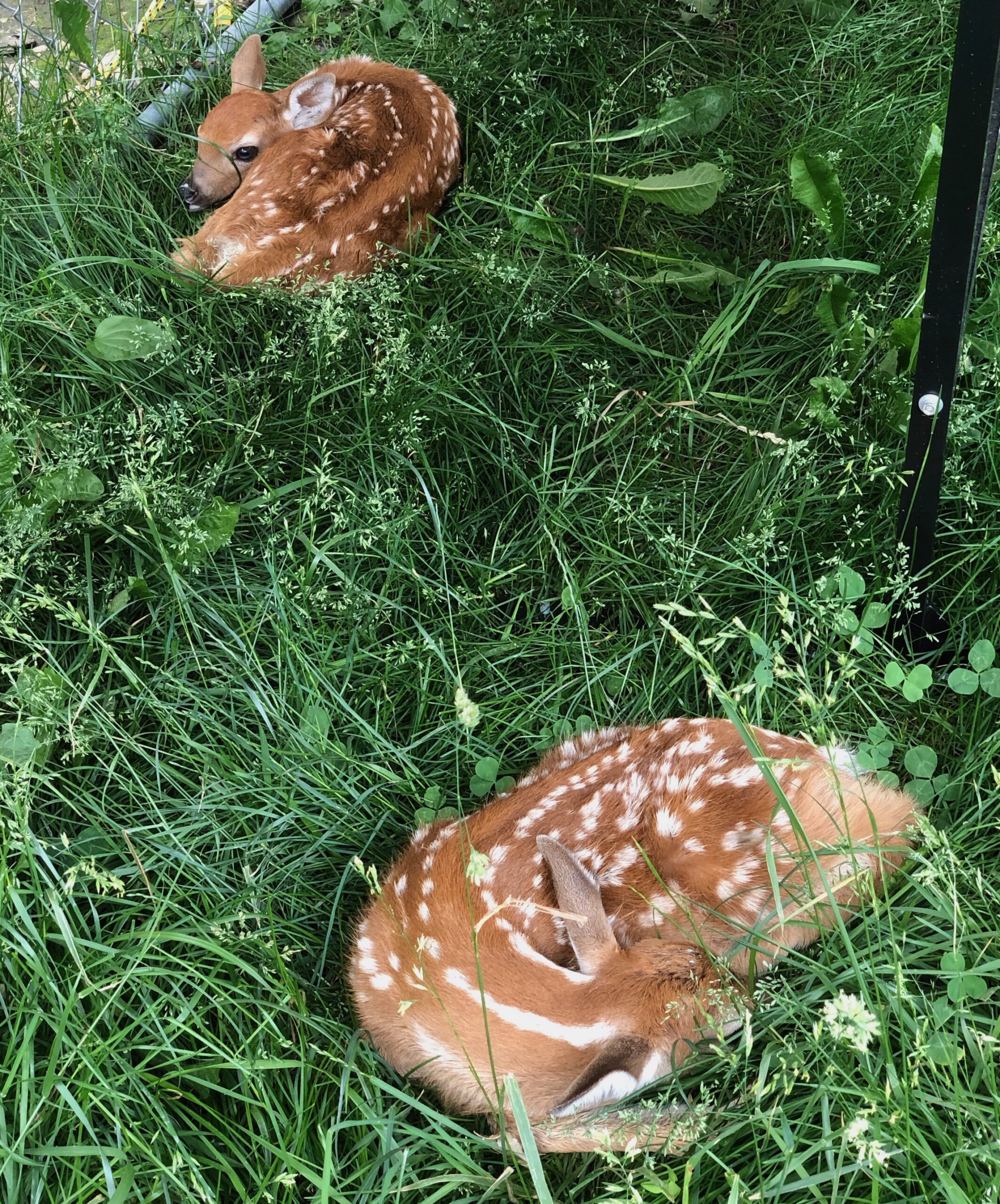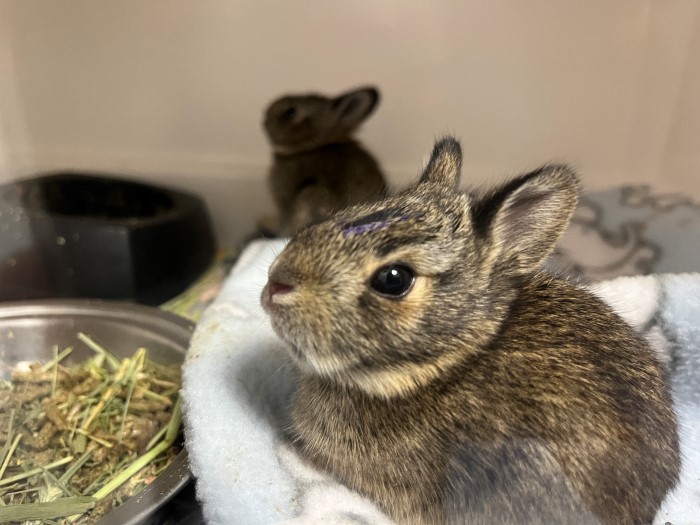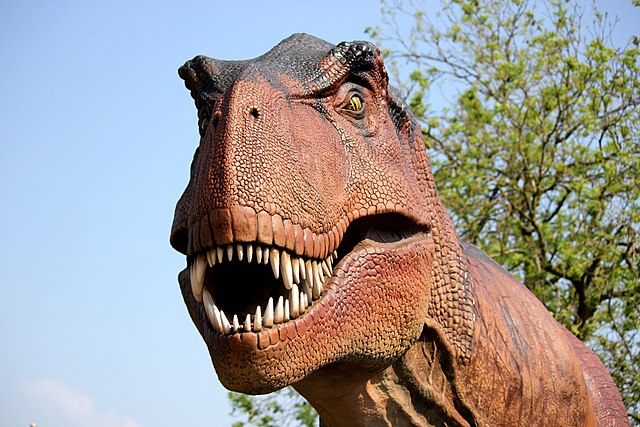Chloe Dupleix, C/O 2024
The Illinois state mammal is the white-tailed deer (Odocoileus virginianus), which is also the only deer species found in the state. There are approximately 700,000 deer currently living in Illinois, making it difficult to avoid them, especially if you live in a rural area. White-tailed deer are typically found in wooded areas and can be seen in your backyard, particularly if it backs up to a patch of woods. If there is a road leading through a wooded area, they will also not hesitate to cross it –there might be more food on the other side! Because of this, deer can be considered a terror when it comes to driving at night on the highway, especially in rural areas.
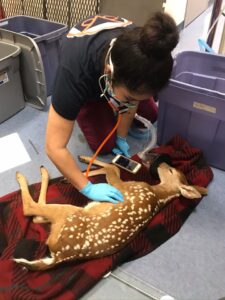
Deer are crepuscular, meaning they are most active at dawn and at dusk. This is also the time most people travel to and from work, increasing the chance of an interaction. When autumn comes around, deer will search high and low for food, further challenging our ability to avoid them. As the weather cools, deer spend a significant amount of time searching for leaves and twigs of woody plants, weeds, grasses, fruits, seeds, lichens, and mushrooms to eat so they can gain weight for the winter. During the winter, there are not many leaves left on plants and snow can completely cover the ground, making it hard for deer to find food to eat and likely that they will lose weight. In anticipation, deer will gain nearly twenty to thirty pounds before winter just to make sure they are prepared for those months of sparse food availability. White-tailed deer are also particularly more active when the moon is full or close to it. It is thought that the light from the moon is helping them see as they search for food. Unfortunately, the brighter moonlight does not help them avoid the roadways and this increase in activity can also increase the chances of a deer colliding with a vehicle on the highway.
One effort to minimize deer collisions is through building wildlife bridges that go over highways. These are large manmade bridges that wildlife can use to safely cross from one side of the highway to the other without injuring themselves or drivers. There are currently wildlife bridges located in many US states, including Utah, Washington, and Texas. Many provinces in Canada and countries in Europe have also built wildlife bridges. In some of these areas, wildlife collisions have drastically decreased by as much as 90%, underscoring the frequency that wildlife will choose to utilize these bridges and avoid the road traffic. One downside of building these bridges is that they can be costly and can interfere with traffic during the build. However, the benefits of increased safety of humans and wildlife are surely worth the investment.
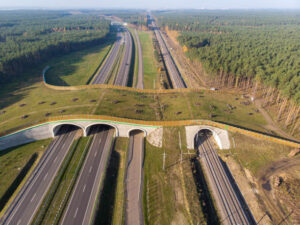
Until we start seeing wildlife bridges in all states, including Illinois, we must do our best to be active drivers and exercise caution to avoid hitting deer or other wildlife. In the event you do hit a deer with your vehicle, it is safest not to approach the animal. An adult deer is still capable of killing or seriously hurting someone even if they are themselves injured, and your safety is important. Instead, most states recommend you notify local law enforcement to document the incident; those officers may also render humane aide to the animal. If your vehicle is injured in the collision, many insurance companies also prefer to have a police report to document the incident. If you’d like more information on avoiding deer-vehicle accidents, check out this page on the Wildlife Illinois website (wildlifeillinois.org). We hope you have safe travels this holiday season!

